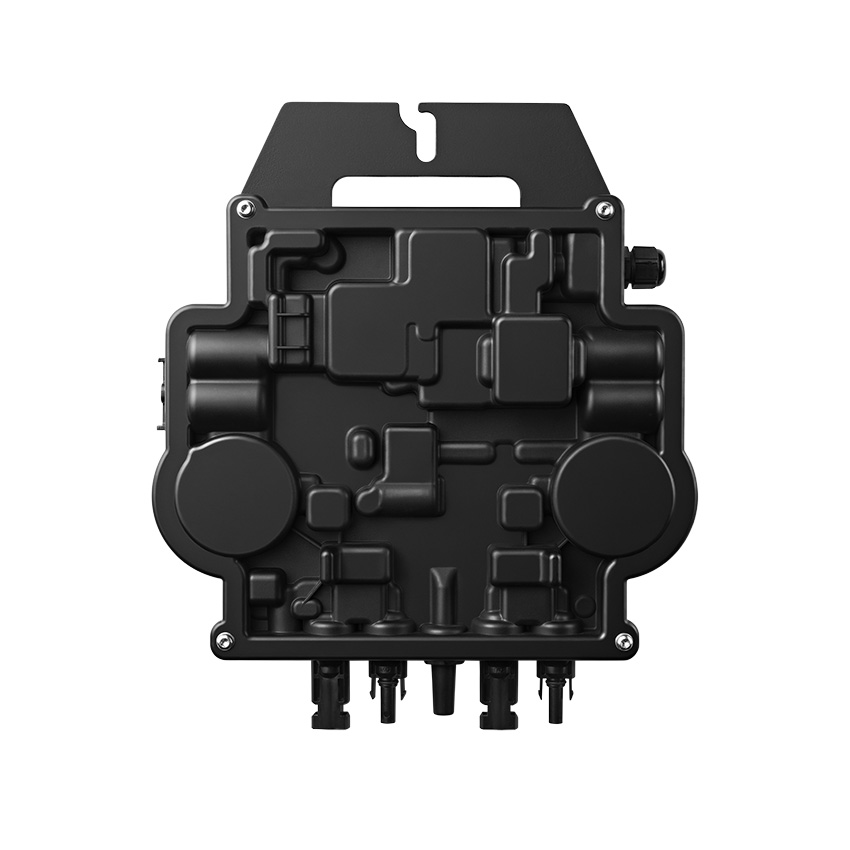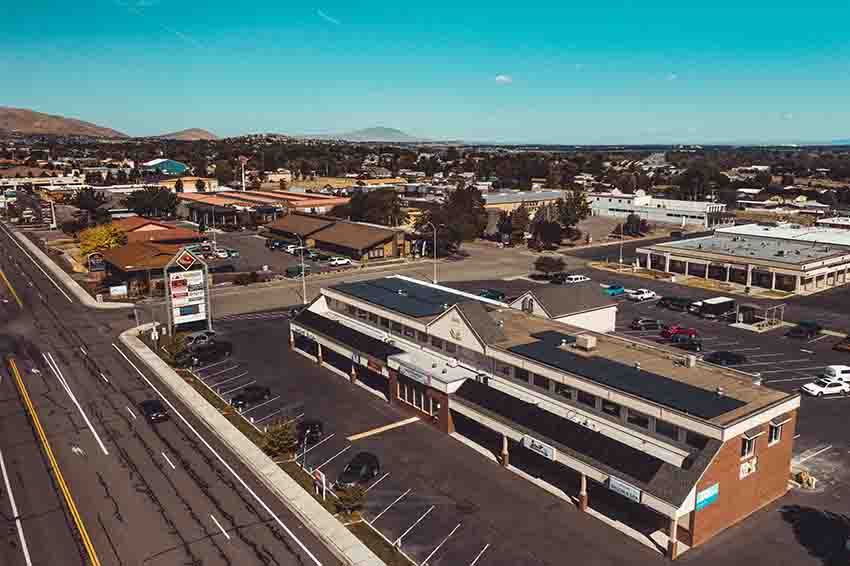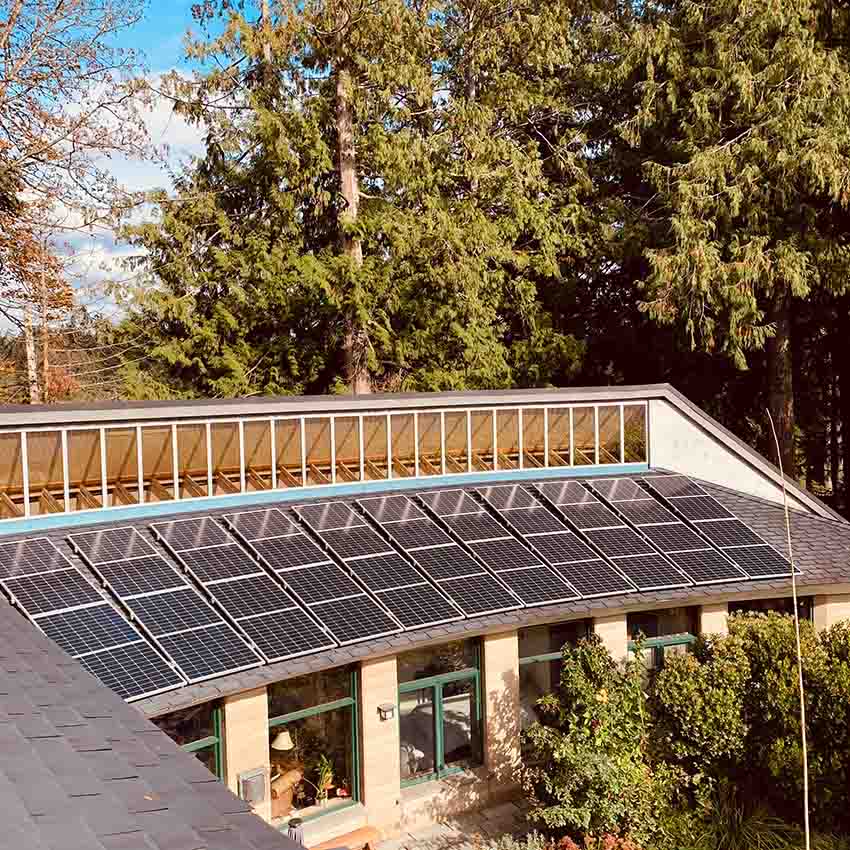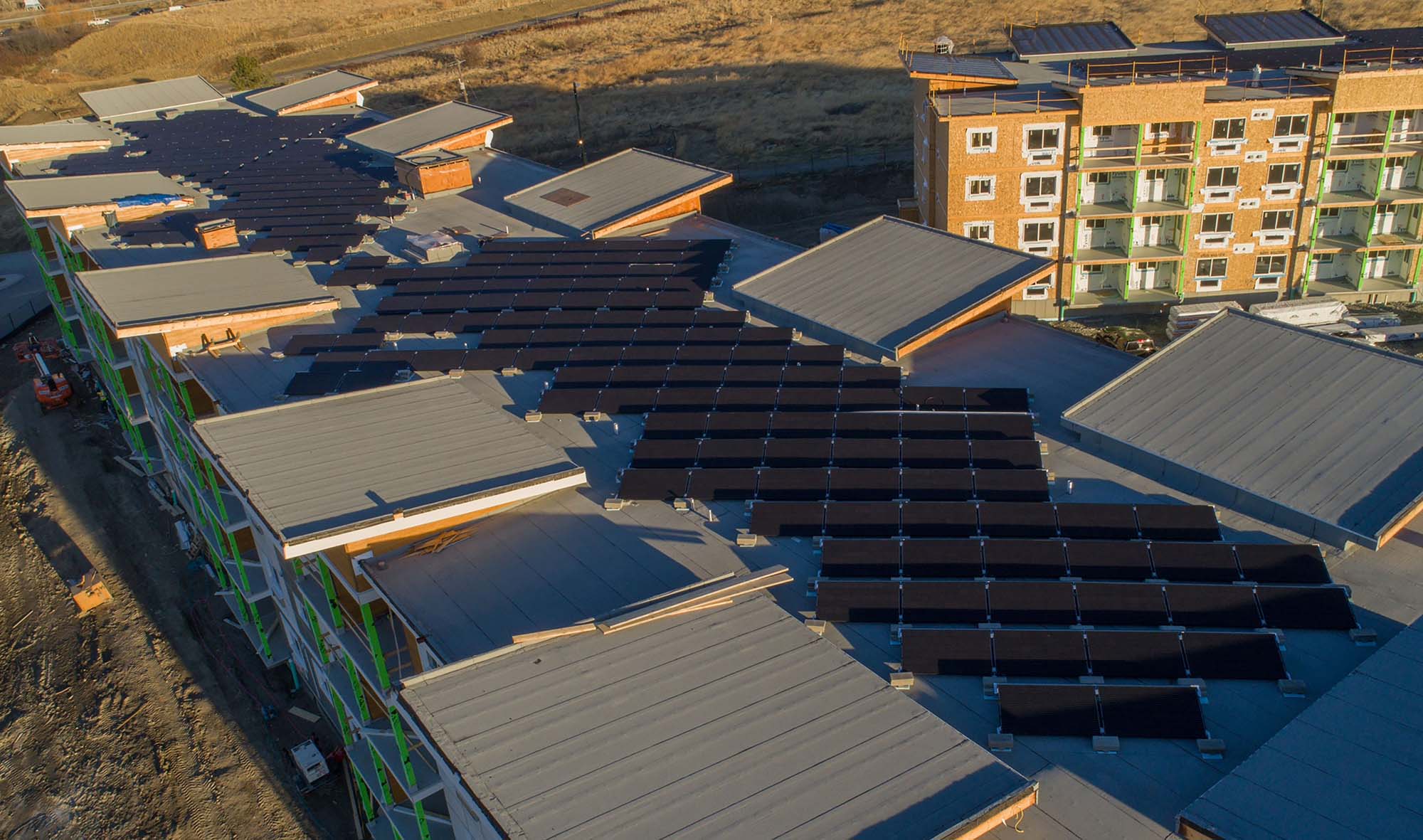APsystems is the #1 global multi-platform Module Level Power Electronics (MLPE) solution provider, offering microinverter and rapid shutdown devices for the global solar PV industry. Founded in Silicon Valley in 2010, APsystems encompasses 4 global business units serving customers in over 100 countries. Millions of units sold are producing more than 2.8 TWh of clean, renewable energy, APsystems continues to be a leader in the ever-growing solar MLPE segment. With two R&D centers located in San josé, CA, United States and in the suburb of Shanghai, China, the company has over 130 patents on its products and holds several certification standards including ISO 9001(Quality), ISO14001 (Environment) and ISO27000 (IT infrastructure data security) certifications.
APsystems USA is based in Seattle, Washington; APsystems EMEA is based in Rotterdam, Netherlands and Lyon, France (Branch); APsystems APAC is based in Jiaxing and Shanghai, China. APsystems also has locations in Guadalajara, Mexico and Sydney, Australia.
Interview with Maxime Boiron, Global Marketing Director at APsystems.
Easy Engineering: What are the main areas of activity of the company?
Maxime Boiron: It has now been a decade since we gradually established ourselves as the global benchmark in multi-module microinverters for the solar industry. Innovation has always been the DNA of the company. The DS3 series released at the end of 2021, who stands for Dual Single-phase, 3rd Generation, represents the culmination of years of power conversion expertise and innovation in high-efficiency MLPE solutions.

E.E: What’s the news about new products?
M.B: With 2 MPPTs, power outputs reaching up to 960 W ac, the DS3 series does not only provide choice to all solar professionals to opt for the model that best suits their needs, between a DS3-S @600W for balcony systems in Germany for example, a DS3-L @730 W for today’s high-power module in residential or even a DS3 @880 W for 450 W+ modules increasingly used in small commercial installations. But also reached unprecedented level of power conversion efficiency with 97%. Our products are designed to last 25 years or more. This generation is a result of unprecedented integration work that has enabled us to reduce the number of components by 20% while delivering 50% more AC output power than the YC600, our previous generation.
We have also opted for an innovative, optimized, compact design combining cast aluminum on the front and rugged polymer on the back making the product lighter while maximizing its power.
All components are still encapsulated with silicone to reduce stress on the electronic components, facilitate thermal dissipation, enhance waterproof properties and ensure maximum reliability of the system via rigorous testing methods including 20 000 hours of accelerated life testing and many other procedures which are part of our ISO 9001 certification process.

Beyond the performance of the physical Microinverter products, our differentiation also relies on the monitoring systems & applications suite we make available for free to all our customers.
Our EMA platform and applications enable installers to manage their entire installation fleet, making real-time diagnosis, building performance reports, or even troubleshooting installations remotely.
In this field, we recently released the EMA manager app, an all-in-one application enabling solar professionals to commission, monitor and troubleshoot their installations. It is helping them to enhance their own customer service capabilities anytime, anywhere via their smartphone or tablet.
E.E: What are the ranges of products?
M.B: APsystems provides a wide range of single phase and native 3-phase multi-modules microinverters connecting 2 (DS3 series) , 4 (QT2, DS3D micros), or even up to 8 PV modules (QT2D micro) to address not only the needs for residential roofs but also small and medium commercial solar rooftops with highly productive, intelligent, reliable and safe microinverter solutions.

E.E: At what stage is the market where you are currently active?
M.B: In general, the Solar PV market globally is still in early stages but of course differences subsist depending on specific countries. Some like in Germany, Italy or France or soon The Netherlands, and the USA for example have history in this market since over 10, 15 to 20 years, meaning we are currently looking at the 2nd generation of installations to happen with the retrofit segment becoming a vector of growth for the years to come. Other countries in Europe like in Poland, Nordic or Eastern Europe for example are keep starting their domestic PV market especially in residential since they just started to develop it few years ago via several subsidies scheme to reach their European renewables targets by 2030. Same applies for a region like Latin America where the market is in residential PV is growing very fast but is still at very early stage.
E.E: What can you tell us about market trends?
M.B: Beyond the need to increase the power of our microinverters to follow the higher output power of PV modules reaching now up to 600 Wp per module in some countries, we also needed to make our products interactive with power grids. A feature commonly referred to as RPC (Reactive Power Control) or reactive power factor management, that has been increasingly requested by utilities to better manage photovoltaic power spikes in the grid and facilitate its integration. This is a requirement, already in force in countries like Germany, US, Italy or Australia, which is gradually spreading all over the world.
Last, communications Technologies are also a crucial part of our innovation design process. APsystems has been a pioneer in moving its entire product portfolio to high-speed wireless Zigbee communications. Zigbee comms are up to three times faster than conventional powerline communication (PLC), creating a local bidirectional 2.4GHz mesh network for fast and reliable data communication between the microinverters and the gateway.

And this integration in our product line happened over 5 years ago. Of course, since then, we have continuously improved our competencies and knowledge in ICT (Information and Communications Technologies) to embed & offer our customers with the best technologies available.
The DS3 series incorporates an encrypted ZigBee module from Texas Instruments ensuring maximum security of all production data processed by our installers and end-users. We believe the DS3 series is set to be a game changer in the residential and small commercial solar space.
E.E: What are the most innovative products marketed?
M.B: Our current flagship products are the DS3 series a single-phase dual microinverter series we have launched globally at the end of 2021 and the upcoming QT2, a native 3-phase Quad (4 modules) microinverter platform ideal for small and medium commercial PV projects that should be available in May -June this year.

E.E: What estimations do you have for 2022?
M.B: As a company, we have been experiencing very solid growth every year in the last 5 years in all our business units worldwide. We have been profitable every year in the last 10 years and in 2022, we are recruiting more team members in each Business units (Sales, marketing, technical support, product management) to support accelerating our leading position in our core geo markets. We are also planning to go public this year on the Shanghai Stock exchange. So, a very exciting year on front of us!

